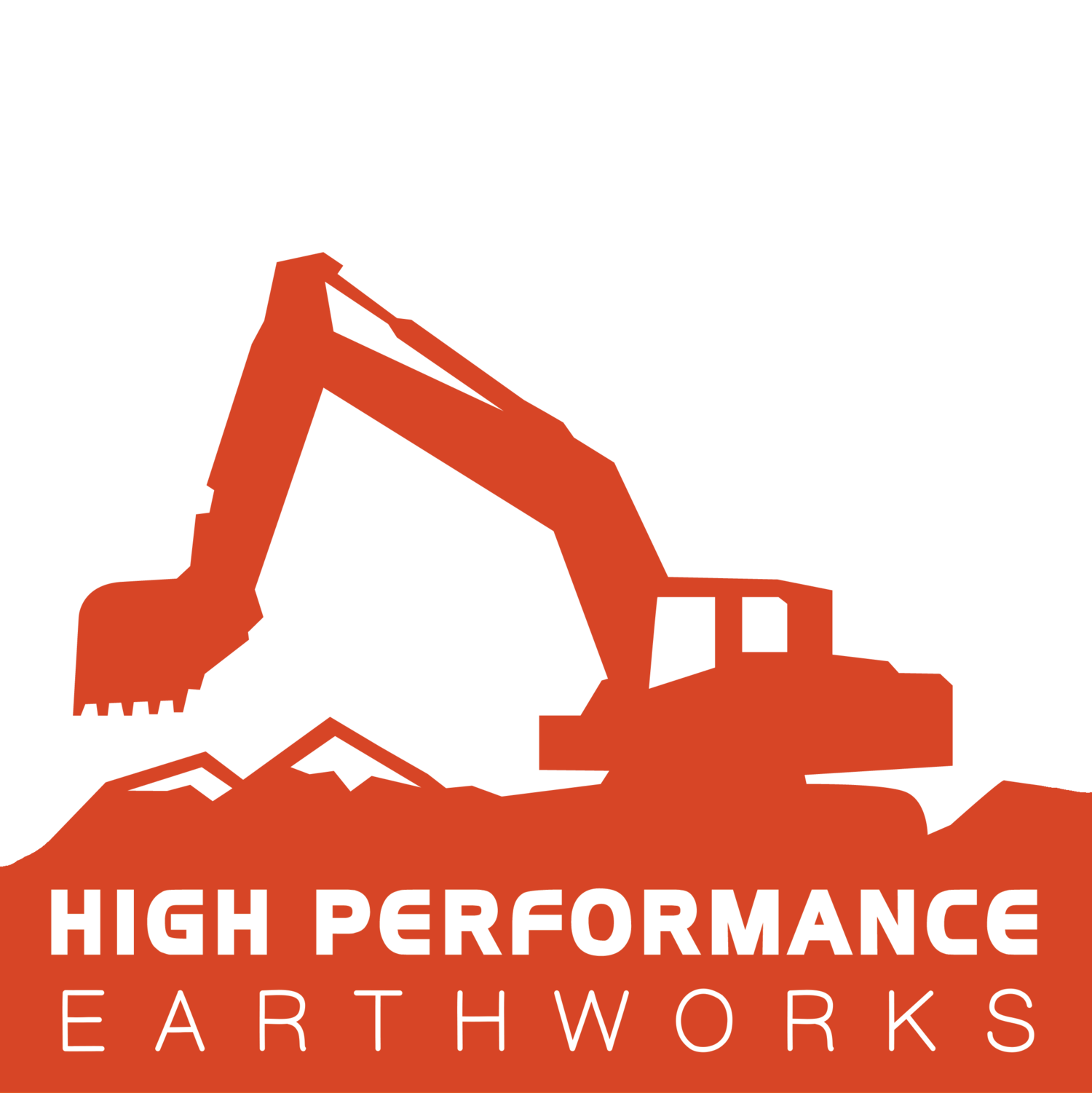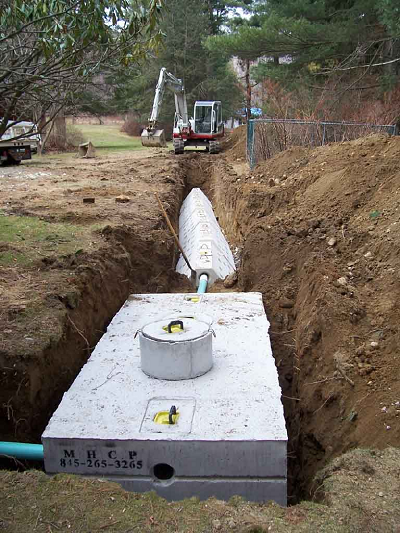When you have a Boulder Colorado septic system, you know that you have to be very careful about what you place around the area of the tank, as well as the leachfield or drainfield on your property. It is important that you are mindful or else there is a risk that you could cause some damage to your system. Many people like to put some plants in the area of their leachfield or drainfield and this is okay if you are making the right choices. Knowing which plants are safe will allow you to beautify your property without risking any damage to your septic system.
Why Certain Plants Are a Good Idea
While not all plants are safe for going around your leachfield or drainfield, when you choose the right options, having some plants in the area can be advantageous. First and foremost, they might help to prevent erosion, ensuring that the ground in the area is more stable for a longer period of time. Your leachfield or drainfield can also hold onto a lot of moisture and the right plants can help to soak up some of the excess, keeping the ground in the area more stable.
Exploring the Best Plants for the Area
The good news is that there are a variety of options that are a good choice when you want to add some plant life to the area around your septic system. You might consider an array of perennials, non-woody groundcovers that are small, annuals and grasses. These are typically best because the root systems are shallow. If you insist on a shrub or a tree in the area, you want to look for options that have root systems that are shallow and you still want to put a little distance between your septic system and them. These are best placed around the Boulder County system instead of on top of it:
· Dogwood trees
· Eastern redbud trees
· Azalea shrubs
· Holly shrubs
· Japanese maple trees
· Cherry trees
· Boxwood shrubs
The Plants That You Want to Avoid
It is a good idea to avoid the plants that are large, such as big trees, especially those that tend to grow quickly. You want to avoid plants that have aggressive root systems that are constantly looking for water since they can see your septic system as a viable source and damage it to access the water. The following are generally considered bad for planting around your septic system:
· Pussy willow shrubs
· Aspen trees
· Birch trees
· Elm trees
· American sweetgum trees
· Tulip trees
· Japanese willow trees
· Lombardy poplar trees
· Beech trees
· Most maple trees
· Ash trees
You also want to be aware of the existing trees on your property and where their roots are going. Make sure that your Boulder County septic system and leachfield or drainfield are not near any trees on your property.
You can see that plants can not only make the area look nicer, but there could be a few benefits too. Now you know about the best plants for the job and those that should never be planted near your septic tank. All you have to do now is head out and pick out the perfect plants and get them into the ground.



